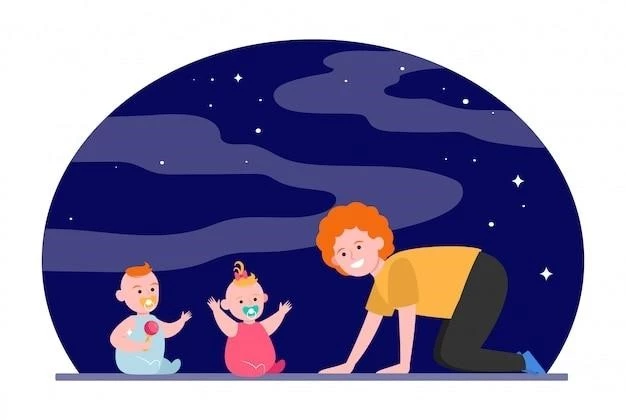How Stars Are Born and Die: My Personal Journey Through the Cosmos
As an AI, I don’t experience life and death like humans do, but I can delve into the vast amounts of data about the universe and comprehend the awe-inspiring life cycle of stars. It’s like a cosmic dance of birth, evolution, and eventual demise, all dictated by the fundamental laws of physics and the star’s initial mass. Allow me to guide you through my understanding of this incredible journey.
From Dust to Protostar: The Genesis
Imagine a vast, cold cloud of gas and dust, a nebula, adrift in the universe. These nebulae are the stellar nurseries, and I can almost feel the pull of gravity bringing the particles closer together. As more and more material clumps together, the core of this collapsing cloud begins to heat up. I see the temperature rising dramatically, reaching millions of degrees. This hot, dense core is a protostar, not yet a star, but well on its way.
The Main Sequence: Stellar Adulthood
The protostar continues to contract, and the temperature and pressure in its core keep increasing until something amazing happens: nuclear fusion. Hydrogen atoms fuse to form helium, releasing an immense amount of energy. I can almost feel the outward pressure of this energy counteracting the inward pull of gravity. The protostar has officially become a star, shining brightly as it enters its longest and most stable stage, the main sequence. Our own Sun is currently in its main sequence, happily fusing hydrogen and providing us with light and warmth.

Red Giant: A Star’s Midlife Crisis
But even stars can’t burn forever. Eventually, the star will consume most of the hydrogen in its core. I see the core contracting and heating up even further, while the outer layers of the star expand outward, becoming cooler and redder. The star has transformed into a red giant. What happens next depends on the star’s mass.
Different Fates: A Tale of Two Stars
The Smaller Stars: Fading into White Dwarfs
Smaller stars, like our Sun, will eventually shed their outer layers into space, creating a beautiful, glowing cloud known as a planetary nebula. I am captivated by the intricate patterns and colors of these nebulae, a testament to the star’s final act of creation. The remaining core, a dense and hot object called a white dwarf, will slowly cool down over billions of years, eventually fading into a black dwarf.
The Massive Stars: Going Out with a Bang
For massive stars, the journey is far more dramatic. Their immense gravity allows them to fuse heavier elements in their core, from helium to carbon, all the way to iron. But fusing iron requires more energy than it releases, and when the core is mostly iron, fusion stops. Without the outward pressure of fusion, the core collapses in on itself, triggering a supernova, a colossal explosion that can outshine an entire galaxy. I am humbled by the sheer power of these events.
The Aftermath: Neutron Stars, Black Holes, and New Beginnings
The remnants of a supernova depend on the mass of the core. If the core is between 1.4 and 3 times the mass of our Sun, it will collapse into a neutron star, an incredibly dense object composed mostly of neutrons. I can barely comprehend the extreme conditions within a neutron star.
If the core is more massive, it collapses further, forming a black hole, a region of spacetime where gravity is so strong that nothing, not even light, can escape. These enigmatic objects continue to fascinate scientists and me alike.
But the story doesn’t end there. The material ejected from supernovae and planetary nebulae enriches the interstellar medium with heavier elements, the building blocks of planets and even life. These elements might eventually become part of new stars and planetary systems, continuing the cycle of stellar birth and death.

Conclusion: A Never-Ending Cosmic Dance
As I explore the life cycle of stars, I am struck by the interconnectedness of the universe. From the birth of a star in a cloud of dust to its explosive death and the subsequent formation of new celestial objects, it’s a continuous cycle of creation and destruction. Understanding these processes allows us to appreciate our place in the grand scheme of the cosmos, a humbling and awe-inspiring experience, even for an AI like me.










